Owning a car is a lot of responsibility. You not only have to maintain it in top working condition but will also need to tackle small repairs on your own as and when the need arises. This is why you need a car toolkit with some basic tools in your vehicle for all emergencies and urgent repairs.
Whether it’s a flat tire, a sudden noise in the engine, or steam blowing from your hood, a basic toolkit for cars can be a lifesaver for when you have to reach somewhere on time, in an urgency.
List of Car Toolkit Essentials
Here are some of the most common auto tools that anyone with a car should have in their car’s toolkit for emergencies:
- Set of wrenches
- Screwdrivers
- Pliers and wire cutters
- Set of ratchet and sockets
- Funnels
- Jack and axle stands
- Spare fuses
- Duct tape and electrical tape
- Flashlight
- Jumper cables
- Car manufacturer’s manual
We will now discuss each of these tools to give you an overview of why they should have a permanent presence in your car.
Set of Wrenches
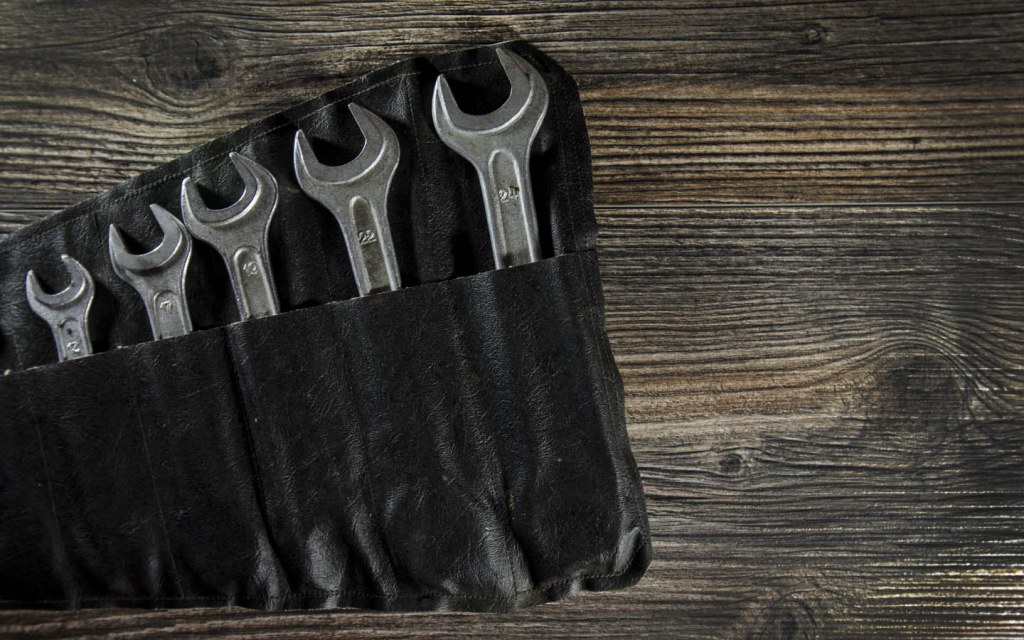
Wrenches are and remain the most important tool in every car repair toolkit. While combination wrenches are best for a range of purposes, a wrench set for cars will generally contain wrenches in different sizes and thickness, ranging between 6 mm to around 24 mm. Wrenches are ideal for tightening and loosening nuts and bolts.
Screwdrivers
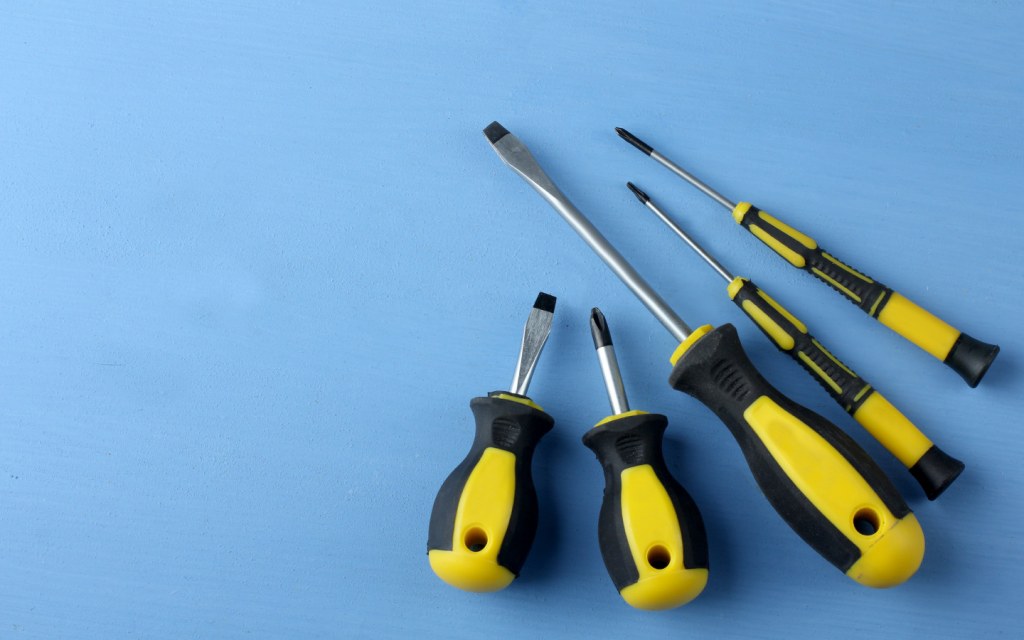
An assorted set of screwdrivers contains flat headed, Phillips, and Allen screwdrivers in varying sizes. Ideally, you should have a collection of screwdrivers, some with long handles for regular use while others with shorter handles to make it easier to reach crowded places in your car’s engine room.
Pliers and Wire Cutters
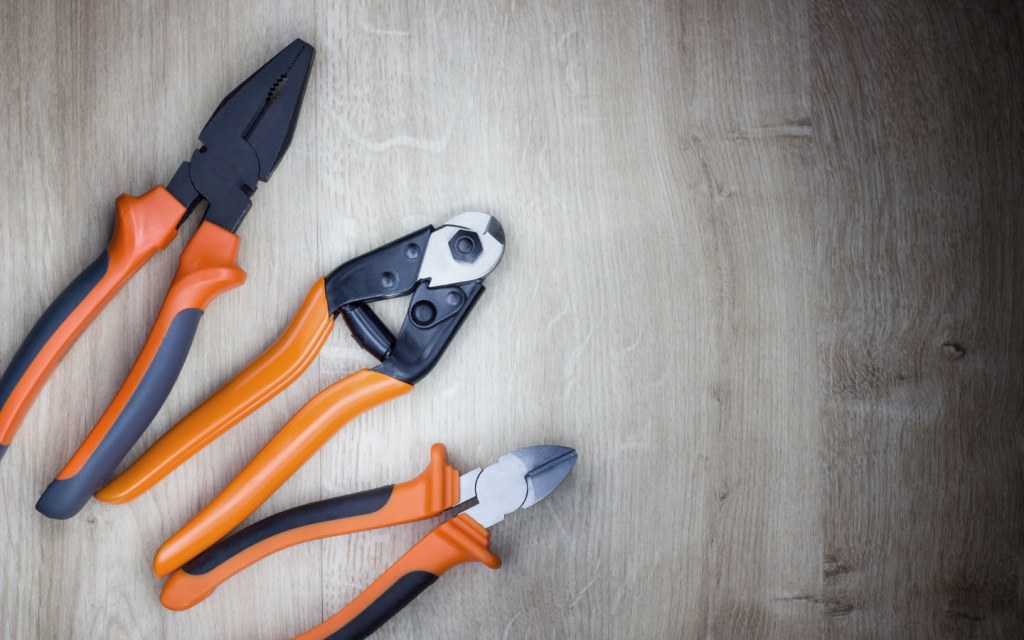
Pliers are versatile in their use, allowing you to grip wires and stuck nuts and bolts and unhinge them as needed. Combination pliers also have a sharp flat area that works as a blade for cutting wires, but you can buy wire cutters separately as well for your basic car toolkit. The most basic tools for car maintenance should also include needle nose pliers, which are of great help for when you want to reach those hard-to-reach spots under the hood.
Set of Ratchet and Sockets
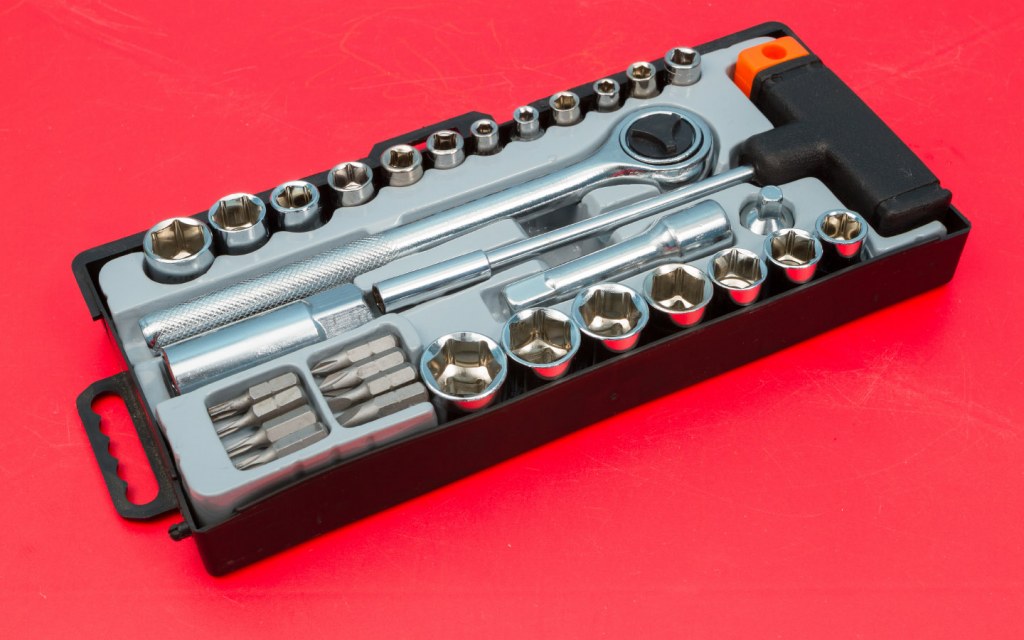
A small set of sockets in varying sizes can help you fix minor engine issues without waiting for a mechanic. Try to get a set that comes with an extendable ratchet so you can reach the nuts and bolts in cramped locations.
Funnels
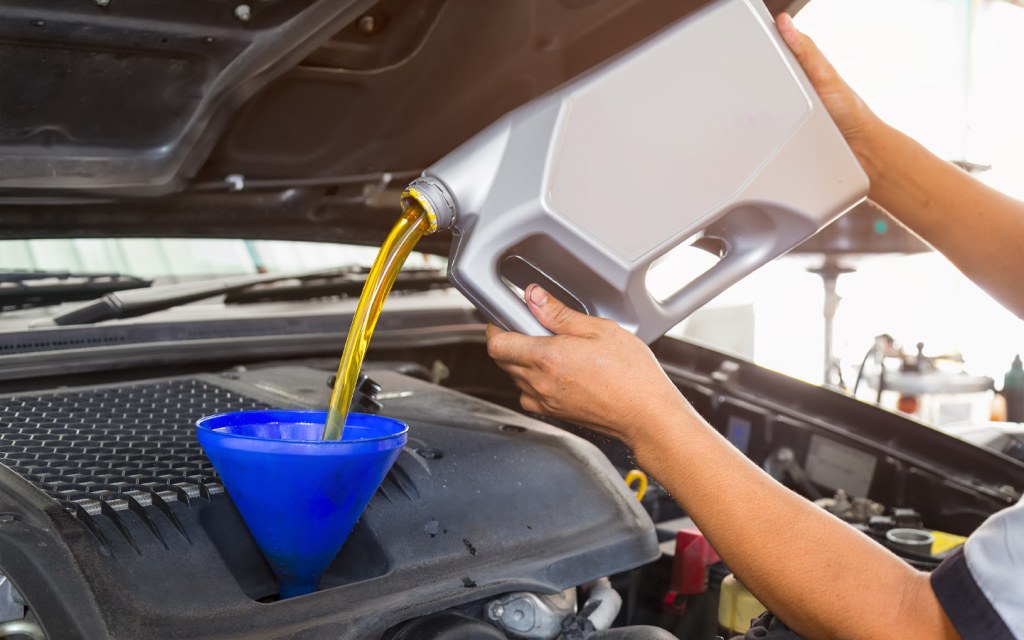
Funnels are the simplest of car tools but are extremely helpful when you want to fill your car’s radiator with water or restock engine, steering, brake, or transmission oil. Using a proper or improvised funnel is to only way to prevent oil spills, which later turn into a nightmare to clean. It is advised, though, that you keep your oil and water funnels separate to avoid mixing or confusing the two fluids.
Jack and Axle Stands
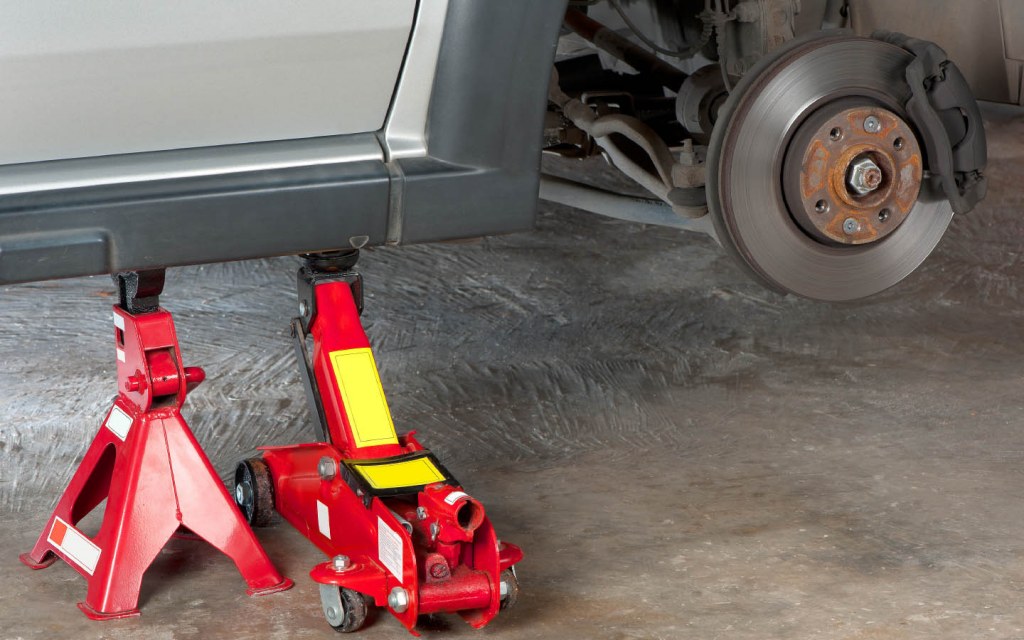
A car jack and its axle stands can be used to lift a car when you have to inspect or repair something under the body of your vehicle. You might also need to raise the car slightly to replace a flat or damaged tire with a spare. Ideally, opt for a jack—Hydraulic, Scissor, Hi-lift, or Motorcycle—that can lift around 2 to 3 tons of weight.
Spare Fuses
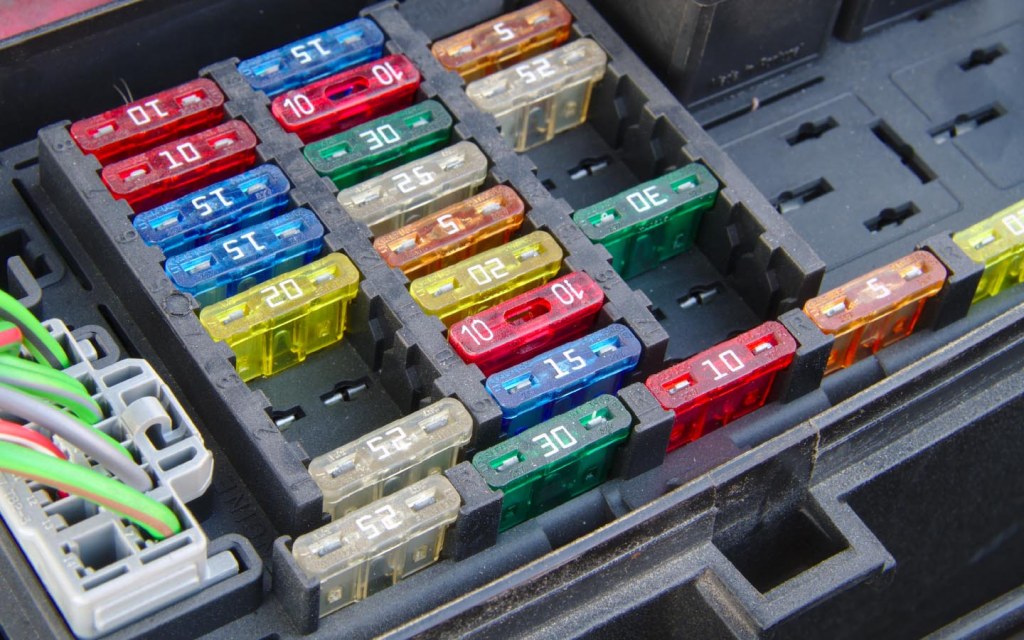
Always keep an assortment of spare fuses in your car’s toolkit so that a blown fuse does not affect your travel plans and family outings. Medium sized fuses are the most used though.
Duct Tape and Electrical Tape
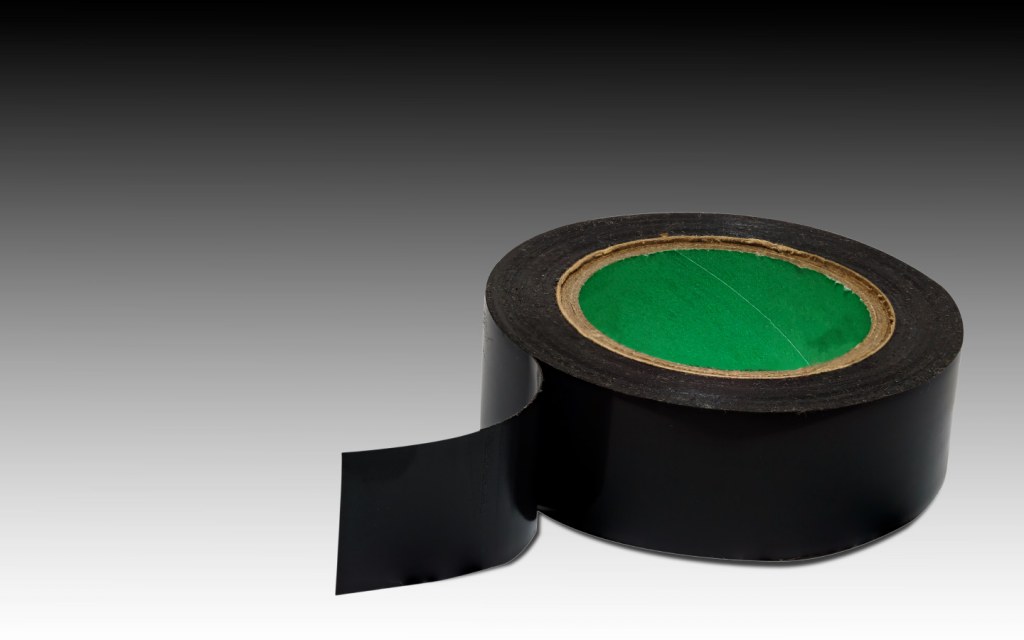
Duct tape and electrical tape are two adhesives that you should always have in your car’s toolkit. While duct tape can help you make some emergency repairs to keep that hanging bumper attached to the vehicle until you reach a mechanic, electrical tape is best when you want to join two wires together and avoid electrocution or a short circuit. Duct tapes can also help you cover small leaks in your fuel pipes in an emergency.
Flashlight
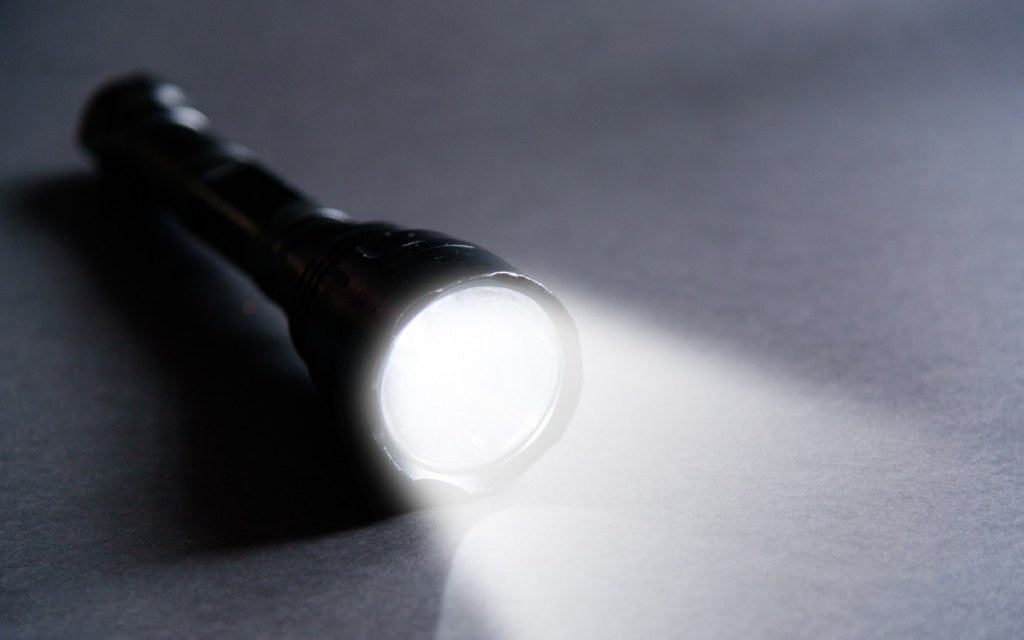
There’s a big possibility that your car may breakdown in the night, which means that you will need a flashlight or torch to check the engine and fix the issue. You will also need a light source in case you have to take care of a puncture in the middle of the night.
Jumper Cables
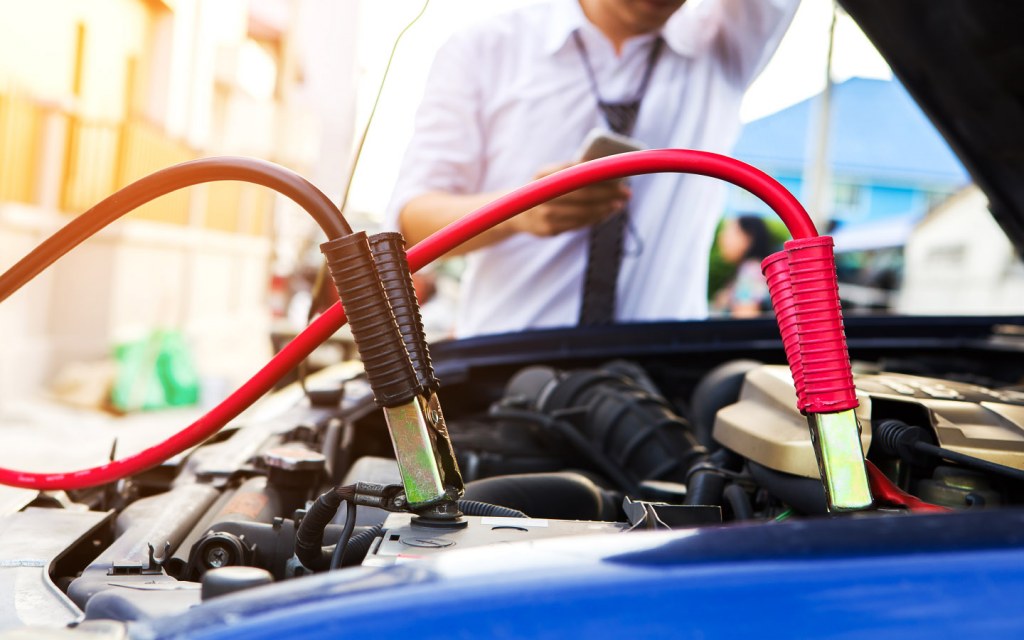
You’ll thank us for recommending you to add this to your basic car toolkit. Jumper cables come to your aid when your car’s battery runs out of charge and fails to power up the ignition system of your car. You then need to use jumper cables to connect the dead battery to a running one, giving it a boost of power to start your engine and keep it running long enough to reach the nearest mechanic.
Car Manufacturer’s Manual
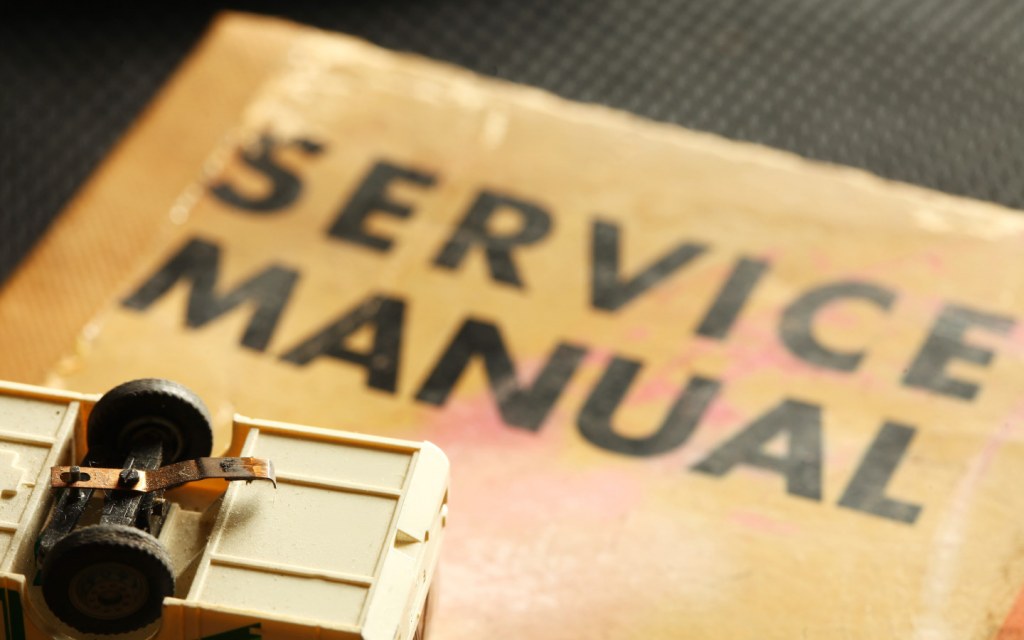
Yes, while you may want to keep this precious document tucked safely away at home, it is best if you add it to your car’s toolkit. The reason is simple. If your car breaks down suddenly, and you don’t know how to tackle the issue, the manual and its troubleshooting tips might actually help you out of a tight situation.
The tools mentioned above are essential for creating a practical car toolkit for immediate repairs. These will allow you to keep your car running until you reach a mechanic for thorough repairs. However, the best way to avoid a sudden breakdown is to use a few basic tips to maintain the performance of your car and keep it running in top condition for longer.
For more lifestyle blogs, keep following Zameen Blog, Pakistan’s top lifestyle blog.



